Artificial Intelligence (AI) in the Mexican University Context: An Exploratory Analysis from the Researcher’s Context
Resumen
This research examines the perceptions of Mexican researchers regarding the adoption, utilization, familiarity, and perceived usefulness of AI tools in Mexican universities. Objective: We aimed to explore the potential of AI tools in both teaching and research within Mexican higher education, which is transforming teaching, learning, and research methods and practices. Methodology: The design and implementation of a survey allowed us to gather information on expectations for using AI in teaching and research activities. The results indicate that researchers are familiar with AI tools and have high satisfaction with their use, particularly in personalized or collaborative learning applications. Conclusions: This pioneering analysis for Mexico seeks to contribute to the debate on the benefits and risks of the widespread use of AI tools in higher education institutions. At the same time, it invites the academic and scientific communities to delve deeper into the implications of using AI in the higher education system and high-level research, benefiting students, teaching practices, and society as a whole.
Descargas
Citas
Ali, O., Murray, P. A., Momin, M., Dwivedi, Y. K., & Malik, T. (2024). The effects of artificial intelligence applications in educational settings: Challenges and strategies. Technological Forecasting and Social Change, 199, 123076. https://doi.org/10.1016/j.techfore.2023.123076
Benvenuti, M., Cangelosi, A., Weinberger, A., Mazzoni, E., Benassi, M., Barbaresi, M., & Orsoni, M. (2023). Artificial intelligence and human behavioral development: A perspective on new skills and competences acquisition for the educational context. Computers in Human Behavior, 148, 107903. https://doi.org/10.1016/j.chb.2023.107903
Cortez, P. M., Ong, A. K. S., Diaz, J. F. T., German, J. D., & Singh Jagdeep, S. J. S. (2024). Analyzing Preceding factors affecting behavioral intention on communicational artificial intelligence as an educational tool. Heliyon, 10(3), e25896. https://doi.org/10.1016/j.heliyon.2024.e25896
García, O. V. (2023). Uso y percepción de ChatGPT en la educación superior. Revista de Investigación en Tecnologías de la Información, 11(23), Article 23. https://doi.org/10.36825/RITI.11.23.009
Huerta, S., & Zavala, J. R. (2023). La Inteligencia Artificial y el Contexto de la Docencia en México. Revista Docentes 2.0, 16(1), 49–56. https://doi.org/10.37843/rted.v16i1.336
ILIA. (2024). Índice Latinoamericano de Inteligencia Artificial. ILIA. https://indicelatam.cl/wp-content/uploads/2025/01/ILIA_2024_020125_compressed.pdf
INCyTU. (2018). Inteligencia artificial.
https://www.foroconsultivo.org.mx/INCyTU/documentos/Completa/INCYTU_18-012.pdf
McCarthy, J. (1960). Recursive functions of symbolic expressions and their computation by machine, Part I. Commun. ACM, 3(4), 184–195. https://doi.org/10.1145/367177.367199
Michel-Villarreal, R., Vilalta-Perdomo, E., Salinas-Navarro, D. E., Thierry-Aguilera, R., & Gerardou, F. S. (2023). Challenges and Opportunities of Generative AI for Higher Education as Explained by ChatGPT. Education Sciences, 13(9), Article 9. https://doi.org/10.3390/educsci13090856
Minsky, M. (1988). Society Of Mind. https://www.simonandschuster.com/books/Society-Of-Mind/Marvin-Minsky/9780671657130
Onofre, P. J., Hinojos, J. M. O., Morales, G. R., Ávila, E. M., Leal, A. F., & Jimenez, B. A. (2024). Educational Innovation in Mexico: Enhancing Learning with Artificial Intelligence, Applying ChatGPT in Higher Education Institutions, Professor-Student Collaboration. Ciencia Latina Revista Científica Multidisciplinar, 8(3), Article 3. https://doi.org/10.37811/cl_rcm.v8i3.11819
Papert, S. (1980). Mindstorms: Children, computers, and powerful ideas. Basic Books, Inc.
Shumailov, I., Shumaylov, Z., Zhao, Y., Papernot, N., Anderson, R., & Gal, Y. (2024). AI models collapse when trained on recursively-generated data. Nature, 631(8022), 755–759. https://doi.org/10.1038/s41586-024-07566-y
Skinner, B. F. (2016). The Technology of Teaching. B. F. Skinner Foundation. https://www.amazon.com/Technology-Teaching-Skinner-Foundation-
Reprint-ebook/dp/B01ETTGUPQ
SECIHTI. (2025). Archivo Histórico del SNII [Oficial]. SECIHTI. https://secihti.mx/sistema-nacional-de-investigadores/archivo-historico/
SECIHTI. (2025). Padrón de Beneficiarios. Sistema Nacional de Investigadoras e Investigadores. https://secihti.mx/sistema-nacional-de-investigadores/padron-de-beneficiarios/
Tramallino, C., & Marize, A. (2024). Avances y discusiones sobre el uso de inteligencia artificial (IA) en educación. Educación, 33(64), Article 64. https://doi.org/10.18800/educacion.202401.M002
Turing, A. M. (2021). On Computable Numbers, with an Application to the Entscheidungsproblem (1936). https://direct.mit.edu/books/edited-volume/5003/chapter/2657029/On-Computable-Numbers-with-an-Application-to-the
Zumba, L. J., Tolozano, M. R., Vidal Montaño, V. M., & Figueroa Corrales, E. (2023). Estrategia de superación docente sobre la herramienta de inteligencia artificial CHAT GPT. Polo del Conocimiento: Revista científico - profesional, 8(10 (OCTUBRE 2023)), 552–576. https://dialnet.unirioja.es/servlet/articulo?codigo=9205934
Derechos de autor 2025 Evelio Gerónimo Bautista, Javier Gonzalo Rodríguez Ruiz, Erika Ochoa Rosas

Esta obra está bajo licencia internacional Creative Commons Reconocimiento 4.0.

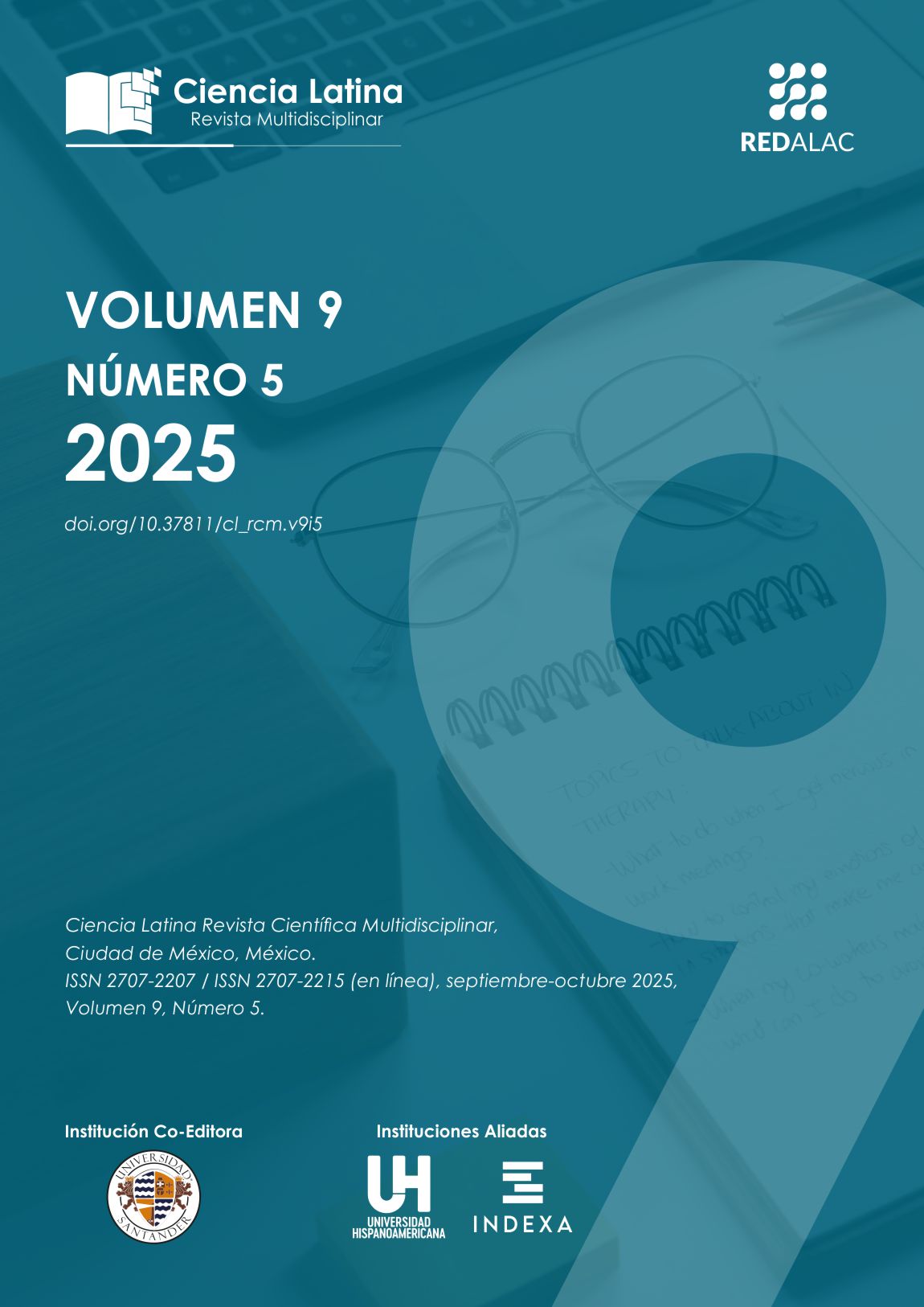








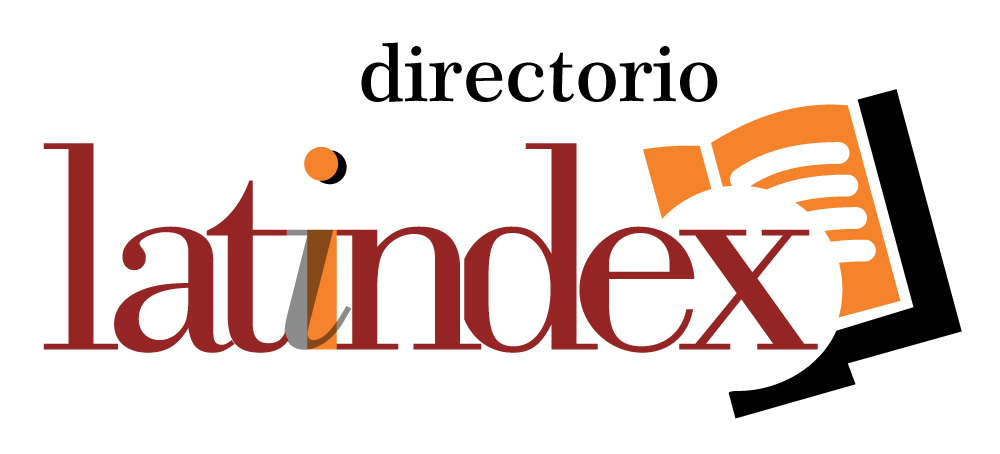
.png)
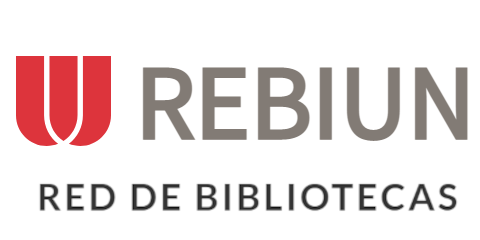







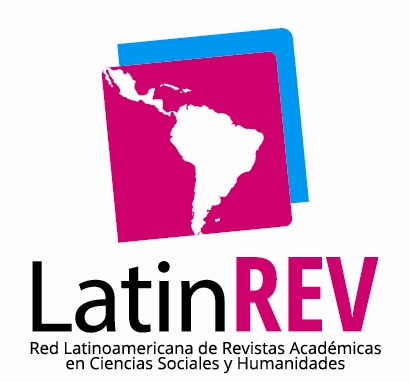

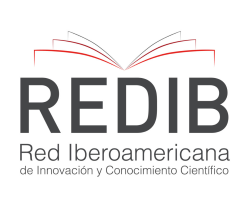









.png)
1.png)


